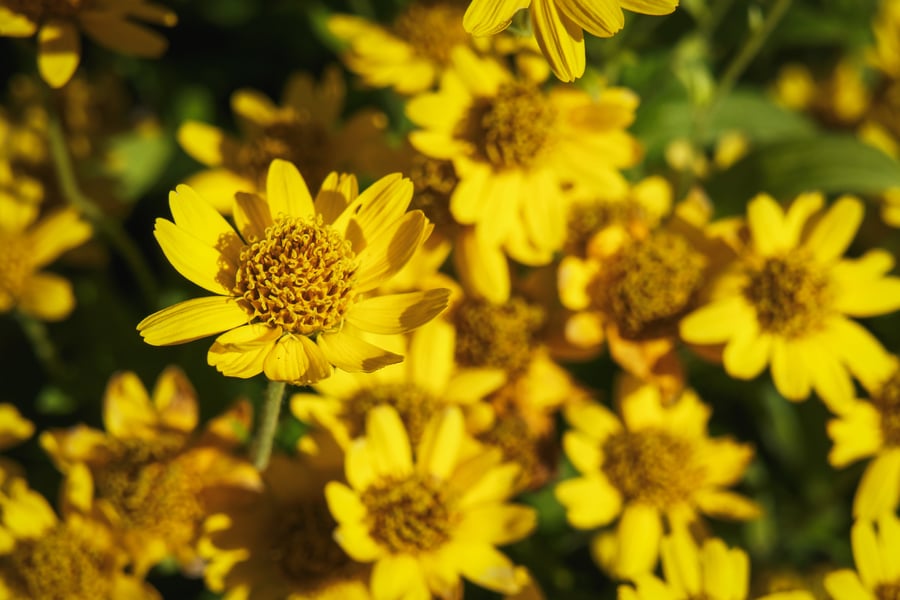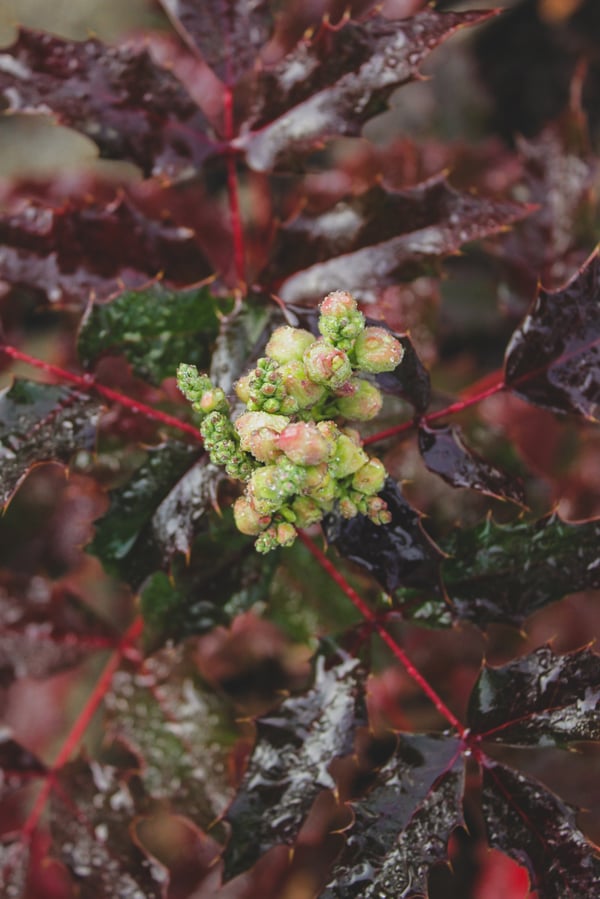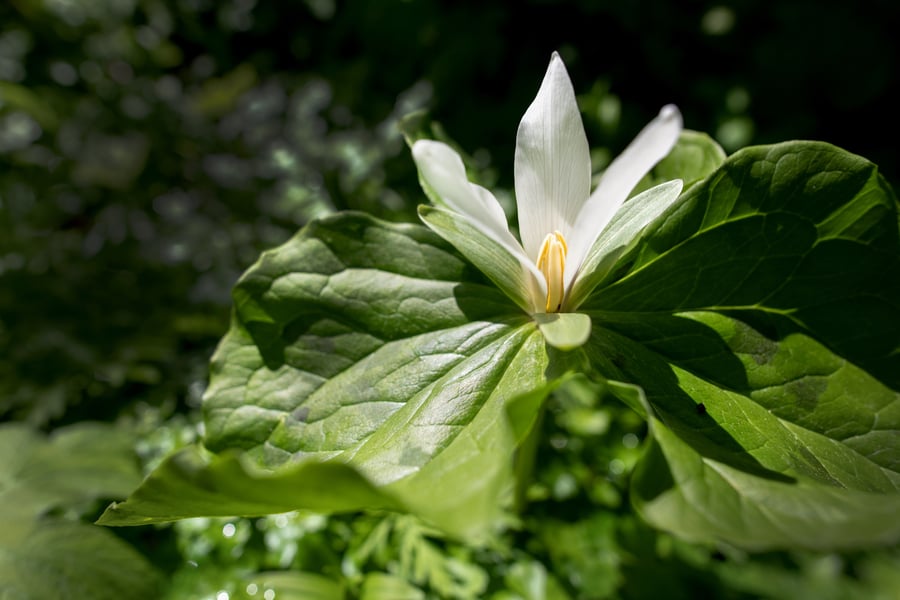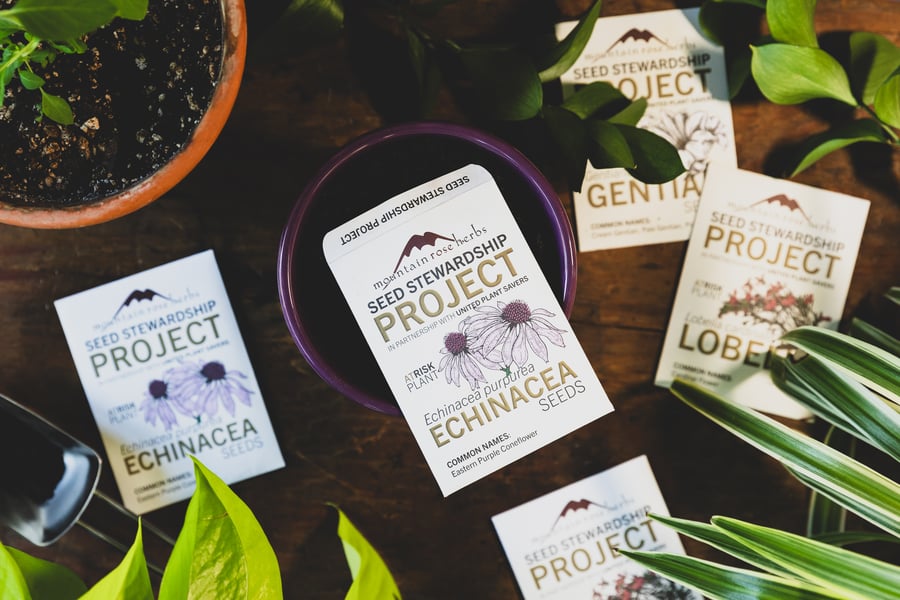If you’ve spent time reading Mountain Rose Herbs blogs, you know that one of our primary concerns is the alarming and increasing loss of native plants. Because of overharvesting, climate change, and habitat destruction, some of the most important medicinal herbs in North America are at risk or endangered, and several are already critically imperiled. We are passionate about finding solutions for these precious botanicals, but like so many important causes on our planet, it takes a village. We need researchers, scientists, data collectors, herbalists, farmers, wildharvesters, state and federal lawmakers, herb suppliers, gardeners, and the list goes on. In addition to all of these essential roles, we need to build connections around the world with other dedicated plant people who may be seeing the same things in their part of the world. We need to understand what plants are at risk and what alternatives we can access. This is where our allies at United Plant Savers (UpS) step in.Founded by the godmother of American herbalism, Rosemary Gladstar, UpS is headquartered at the Goldenseal Sanctuary in Rutland, Ohio. Their purpose is to protect native medicinal plants of the U.S. and Canada, as well as crucial native habitats, and to ensure a renewable supply of these plants for future generations. UpS’ work includes research, education, conservation, and managing a botanical sanctuary network.
For home and professional herbalists—and businesses like Mountain Rose Herbs—they offer two vitally important tools: their Species At-Risk List and their corresponding List of Herbs & Analogs.
United Plant Savers Species At-Risk List + List of Herbs & Analogs
The UpS Species At-Risk List includes herbs widely used in the medicinal plant trade, which are “currently in decline due to expanding popularity and shrinking habitat and range.” Today, 40 botanicals are defined as at risk, many of which are longtime medicine-chest must-haves for Western herbalists.
The UpS At-Risk List has three definitions:
In Review—Native plants that are in review have been recommended by UpS members or the UpS Board. As the name implies, their status is reviewed and scored to see if they meet the definition of at-risk or critical. Examples of herbs that are currently In Review include arnica (Arnica spp.), chaga (Inonotus obliques), lobelia (Lobelia spp.), yaupon (Ilex vomitoria), etc. UpS advises caution and careful consideration when using plants on the In Review List for personal or commercial use.
At-Risk—When a botanical is under significant pressure from human- and climate-induced causes and shows significant variability in abundance, it may be classifed as at-risk. A few examples of the 40 herbs with this definition include American ginseng (Panax quitquefolius), echinacea (Echinacea spp.), goldenseal (Hydrastis canadensis), osha (ligusticum porteri), black cohosh (Actaea racemosa), Oregon grape (Berberis spp.), and slippery elm (Ulmus rubra). Although UpS is not asking for a moratorium on the use of these herbs, they recommend that plants defined as at-risk be used in cultivated forms whenever possible. Wildharvesting should be very limited, carefully monitored, and aligned with federal, state, and local rules.
Critical—Plants in this definition have been evaluated by the Board of Directors of UpS, which carefully reserves this category for species that are federally or state protected and/or are at a very high risk of extinction. UpS currently defines eight botanicals as critical, including trillium (Trillium spp.), peyote (Lophophore williamsii), and Venus fly trap (Dionaea muscipula). UpS recommends that these plants should never be wildharvested or purchased under any circumstances except for plant research or for use by Indigenous societies with a traditional history of connection with that plant.
You can see all of the herbs in these definitions on the UpS Statement of Purpose webpage.
The At-Risk List gives herbalists a snapshot of the wild medicinal plants most at risk due to human activity. Knowledge empowers us to make educated decisions. Obviously one way to help at-risk species is to choose cultivated options instead of at-risk wild herbs. We believe cultivation is the future to save wild populations from extinction. However, currently, there are not always cultivated species available. This is when the UpS’ List of Herbs & Analogs becomes helpful. In herbalism, an analog is an herb that has more or less the same effect as another herb. Sometimes it requires several analogs in combination to replace that one at-risk botanical. Having this list of analogs to replace at-risk herbs is a remarkable gift!
How Mountain Rose Herbs Uses the UpS Species At-Risk List
The UpS Species At-Risk List deeply informs our purchasing decisions. Like UpS, our focus is on doing everything we can to ensure an increasing abundance of wild herbs at risk. The At-Risk list gives us the information to make the most ethical purchasing choices. We do not sell anything defined as critical. We search out cultivated options whenever possible for herbs defined as at-risk and only work with professional, ethical wildharvesters who operate within federal, state, and local laws to ensure we are not doing further harm to plants already under enormous pressure. We are cautious in purchasing botanicals that are in review and monitor the lists as plants move from one definition to another.
American ginseng root (Panax quinquefolius) is one good example of how we make decisions based on the Species At-Risk List. Although American ginseng is not critical, we do not purchase wildharvested options. We carry forest-grown whole ginseng root, ginseng leaf, and a root and leaf blend. Forest farming, which is sometimes called “wild cultivated” or “wild-simulated” means that forest farmers plant and care for native plants as the plant would naturally grow in the wild. We love forest farming, but it is difficult to harvest enough to meet demand with forest farming alone. Fortunately, there is also burgeoning interest and noted success in farming ginseng using more traditional raised-bed farming methods, so we can now offer organically cultivated whole American ginseng root.
UpS and Mountain Rose Herbs in Partnership: Seed Stewardship Program
We work with UpS in a wide variety of ways to help support and raise awareness about at-risk plants. Most recently, with the assistance of UpS Executive Director Susan Leopold, we partnered to develop the Mountain Rose Herbs Seed Stewardship Project. We were seeking a solution-oriented approach that would allow others to become part of this movement to help our precious botanicals. By supplying free seeds to people who can plant them, we encourage our customers to help us rebuild plant populations.
Susan helped us choose plants from the At-Risk List that people can successfully sow and nurture. When you place an order with Mountain Rose Herbs, you now have the option to select a free seed packet. Sow your own seeds if you have appropriate space—a window box, backyard, or natural area where these plants once thrived—or gift them to people who have those options.
Together, one seed at a time, we can make positive change. This is what friendships and partnerships can accomplish. It is the essence of our working relationship with UpS.
Want to Support United Plant Savers?
Help Them Build a Seed Bank for the Future of At-Risk Plants!
You may also be interested in:
Could Cutting-Edge Farming Practices Be The Answer To Ginseng's Survival?
The Value of Fair for Life Certification: A Cacao Case Study
How Forest Farming Supports People and Plants














